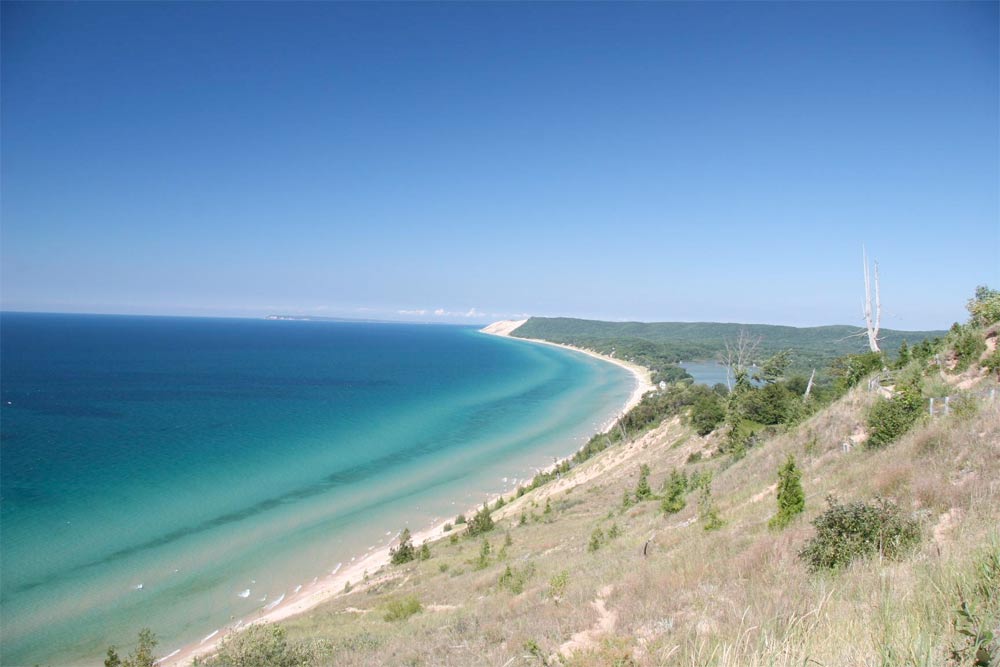5 Best Great Lakes Beaches of 2011 Revealed


If you're looking for a place to sunbathe and splash in water sans sharks and jellyfish, the Great Lakes might be for you, and the best place for such frolicking may be Sleeping Bear Dunes National Lakeshore, according to the 2011 list of the five top Great Lakes beaches.
This is the first year for a Great Lakes Beach List, which was compiled by Stephen Leatherman, director of Florida International University's Laboratory for Coastal Research in Miami, who is also called Dr. Beach.
Leatherman's Top 10 Beaches list is now in its 21st year, with Florida's Siesta Beach, known for its sparkling sand and perfect waves (for swimmers, that is), snagging the No. 1 spot this year. [See Photos of the Top 10 Beaches]
To identify the best lakeshores, Leatherman asked coastal communities in the area to complete a survey and submit a sand sample, as Leatherman hasn't been able to visit and rate all of the beaches in the Great Lakes. From this information, Leatherman evaluated the beaches with about 60 factors, including clean sand and water, safety, environmental quality and management and services.
Here are the results in order from No. 1 to No. 5:
- Sleeping Bear Dunes National Lakeshore, Lake Michigan, Michigan
- Presque Isle State Park, Lake Erie, Pennsylvania
- Sand Point Beach, Pictured Rocks National Lakeshore, Lake Superior, Michigan
- Bayfield Main Beach, Lake Huron, Ontario, Canada
- Oak Street Beach, Lake Michigan, Chicago, Illinois
Leatherman also chose two runners-up:
- North Beach, Racine Wisconsin on Lake Michigan
- Grand Haven State Park, Michigan on Lake Michigan
Though you won't find some of the ocean's irritant, like jellyfish, at these lakeshores, there are dangers, Leatherman said. Rip currents, which drown more than 100 people every year at U.S. beaches, also occur in the Great Lakes, and were responsible for about 25 drownings there last year. Strong onshore winds kick up the waves and stir the water, making detection of these dangerous rip currents difficult to impossible, Leatherman said, who recommends swimming near a lifeguard and to use caution.
Get the world’s most fascinating discoveries delivered straight to your inbox.
Follow LiveScience for the latest in science news and discoveries on Twitter @livescience and on Facebook.
Jeanna Bryner is managing editor of Scientific American. Previously she was editor in chief of Live Science and, prior to that, an editor at Scholastic's Science World magazine. Bryner has an English degree from Salisbury University, a master's degree in biogeochemistry and environmental sciences from the University of Maryland and a graduate science journalism degree from New York University. She has worked as a biologist in Florida, where she monitored wetlands and did field surveys for endangered species, including the gorgeous Florida Scrub Jay. She also received an ocean sciences journalism fellowship from the Woods Hole Oceanographic Institution. She is a firm believer that science is for everyone and that just about everything can be viewed through the lens of science.


